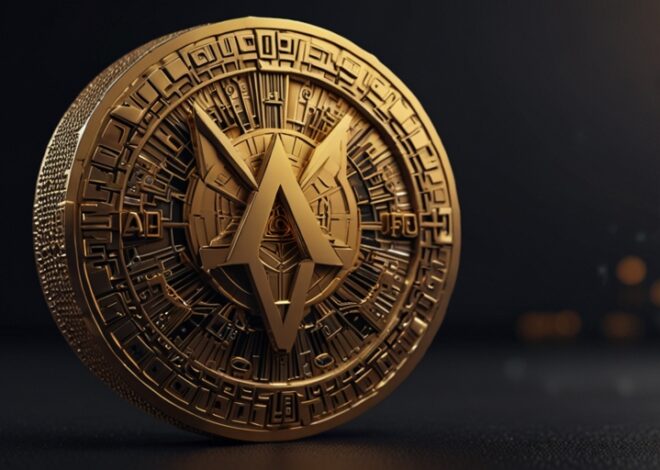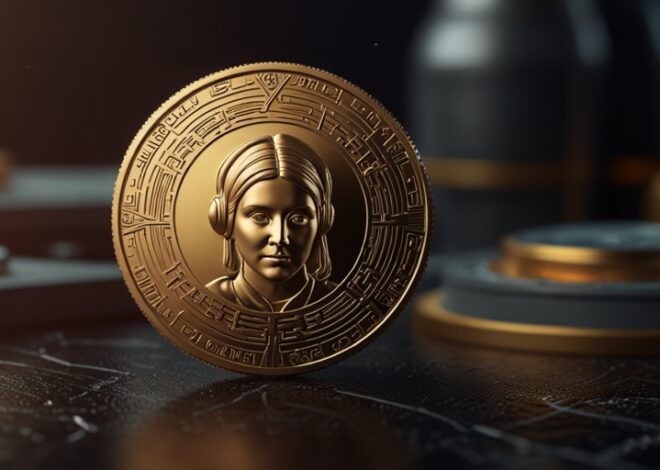
Loopring Emerges As Promising Layer 2 Solution For Ethereum
One of the examples of Layer 2 solutions for Ethereum is a rapidly growing Loopring. While the blockchain market is still trying to come to terms with scalability problem, Loopring has all the potential to solve them. The project is designed to offer very fast and affordable trading & payment solutions on ethereum via zkRollup technology.
The most important slot of the Loopring ecosystem is its token or LRC. At the time of writing, LRC is at $0.1263, thus demonstrating good stability in a highly unpredictable market. Today, it has a market capitalization of $172.62 million and it currently occupies #259 position among cryptocurrencies. The token holds an average 24-hour volume of $7.41 million, signaling consistent trading and investing attention from users.
The components involved in Loopring make a decentralized exchange (DEX) that can process a large number of trades while keeping security intact. Much of the computational work is thus off-chain, while the zero-knowledge proofs ensure Loopring can handle thousands of trades per second with all the security of the Ethereum mainnet.
Naturally, this focus on being scalable has brought attention from both developers and users who are looking for an escape from high gas fees in Ethereum. Aside from cutting down costs, this strategy contributes a lot to the enhancement of Layer 2’s usability for decentralized finance applications that operate on Loopring’s protocol base.
Some of the things that help Loopring stand out are the following: Non-custodian exchange is something that Loopring takes pride in. It is up to the users where they keep their funds, which solves one of the biggest problems with cryptocurrencies and centralized exchanges. Such a feature has made Loopring a perfect choice for individuals who value their assets and do not want to rely on centralized systems.
In essence, the LRC token is the life of the Loopring ecosystem. It is used for protocol fees, staking, and governance because users need to obtain native coins from the ecosystem. Users will have control over the decisions embraced by the network, thus ensuring that various stakeholders benefit from the options embraced by the decentralized network. This governance model has emerged and become a more popular form of governance in the DeFi space.
The technology that was used by Loopring has not been limited to cryptocurrency trading alone. It has been applied in the construction of decentralized NFT marketplaces, as described above, to show its usefulness. It indicates that Loopring has a great ability to develop itself and extend its businesses to the new area of the blockchain sector.
Thus, Layer 2 solutions such as Loopring are growing more significant in the maturing cryptocurrency market environment. Indeed, the project has been able to provide fast cheap transactions using Ethereum’s security thus placing it in a strategic ground in the scaling discourse. This has generated synergies and collaborations with different DeFi initiatives that are willing to level up their operations.
The total value locked (TVL) in Loopring’s protocol at the time of writing this piece is at $45.17 million, and more people are putting confidence in its technology. This is usually used with DeFi projects, meaning that users are willing to let their large quality assets be used in applications based on Loopring. Indeed, the current ratio of the market capitalization is equal to 3.82 times the TVL, which means that there is a potential for further token appreciation.
Of course, Loopring has its own opportunities and threats in the future. The growth of Layer 2 solutions could eventually foster more interest in the project. However, there are many similar projects, and the battles for leadership in the Ethereum scaling landscape are still raging actively. The performance of Loopring will consequently depend on Loopring’s capacity to advance and edge out competitors, as well as attract more developers into building on its permit.
When it comes to the development of blockchain toward larger scale and higher efficiency, projects like Loopring are on the leading edge. The trading volume of the LRC token, currently at 1.37 billion, is much more than just the potential of an ERC20 token but of the future of decentralized finance. Whether it will be able to hold such a position and expand the circle of influence is still unknown, but, at the same time, its further development in the dynamics of the further evolution of decentralized digital currencies and blockchain technologies looks quite favorable.


